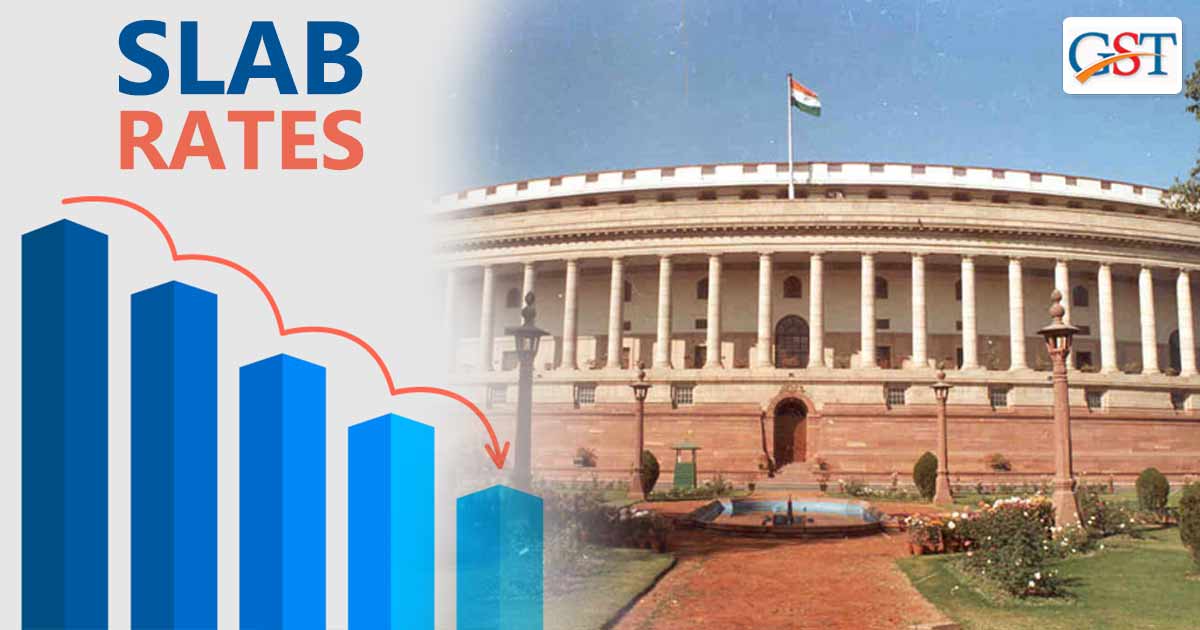
Experts have recommended the unification of multiple tax rate slabs under the indirect taxation system in India, quoting the example of Singapore – an island city-state which has one tax rate under GST.
Multiple tax rates in India leads to ambiguity and upsets the compliance whereas one tax rate simplifies the adherence to the tax-related rules & regulations. Singapore is an epitome of the same with a single tax rate of 7% leviable on all the taxable goods & services.
The same ease can be brought down in India if diversified tax rates are merged into one or two rate brackets.
Abhijit Nath, who works with Insitor Partners, a consultancy firm on GST also suggested for binary rate system. He also appreciated the GST implementation in India and said, “An achievement of India’s GST implementation is that the measure hasn’t been inflationary”. “However, to avoid confusion and greater ease of compliance, India should aim for a two-rate system over time to be in line with global best practices,” added Nath.
Nath appreciated the GST regime as a measure to bring tax uniformity across the country and at the same time, made suggestions for the consolidation of tax rates.
GST introduction in India has the potential to be a long-term game-changer by unifying the country as one market, stated Nath.
He also cited the example of Singapore that, “Singapore’s practice of early announcement of GST rates 
“This also makes the increase politically viable,” Nath added while recommending the same practice to be followed in India also.
The budget 2018 announcement of Singapore indicates the strategy of its Finance Minister Heng Swee Keat to increase the GST from 7% to 9%. According to the Inland Revenue Authority of Singapore (IRAS), the increment may become effective sometime from 2021 to 2025.
Sandeep Chilana, the managing partner of Chilana and Chilana law offices, suggested that India should seek for least tax rate brackets. He expressed his understanding that India can not execute the suggestion of one tax which other countries are practising, at this point of time, considering the call for higher revenue generation and the wider gap in per capita income. However, according to him, the least tax rate brackets is a feasible suggestion to execute.
“However, India should endeavour to move towards least tax slabs possible, of 6 per cent and 14 per cent,” Chilana said.
Read Also:
Possible Suggestions that Make GST More Compliant in India 
GST is one of the most efficient taxes available “so it is a good tax”, the statement made by Manu Bhaskaran, founding director and chief executive officer of Centennial Asia Advisors.
“By itself, it can be regressive so it needs to be combined, as Singapore did, with other measures so that the net effect is not regressive,” he answered when asked about the learnings for the developing economies like India from GST model of Singapore.